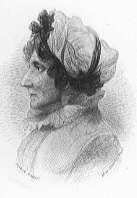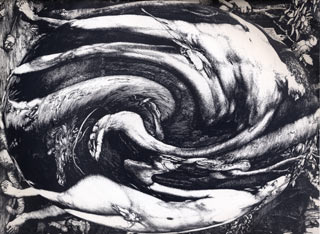Gemini Women of Letters
 Tuesday, June 3, 2008 at 11:54AM
Tuesday, June 3, 2008 at 11:54AM Gemini Women of Letters
Siblings and gender issues are said to play a special role in the lives of those born under the sign of the Twins.
Barbara Pym, (b. 6/2/1913) Spent most of her life with her sister Hillary, and they are buried together. The relationship is examined in several of her novels.
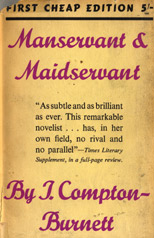 Ivy Compton-Burnett (b. 6/5/1884) She had eleven siblings, among which "her favourite brother, Guy, died of pneumonia; another, Noel, was killed on the Somme, and two sisters died in a suicide pact on Christmas Day. Not one of the twelve siblings had children,
Ivy Compton-Burnett (b. 6/5/1884) She had eleven siblings, among which "her favourite brother, Guy, died of pneumonia; another, Noel, was killed on the Somme, and two sisters died in a suicide pact on Christmas Day. Not one of the twelve siblings had children,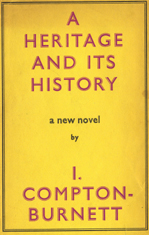 and all eight girls remained unmarried." (Wiki). Her first successful novel, Brothers and Sisters (1929; 18 of her twenty novels have similarly dyadic titles) introduces a favorite theme: incest. She signed her writing "I. Compton-Burnett" as she wished the reader to regard her as neuter (as well as dual).
and all eight girls remained unmarried." (Wiki). Her first successful novel, Brothers and Sisters (1929; 18 of her twenty novels have similarly dyadic titles) introduces a favorite theme: incest. She signed her writing "I. Compton-Burnett" as she wished the reader to regard her as neuter (as well as dual).
Novelists Joan and Jackie Collins are sisters: Joan is the Gemini. Author of five best-selling novels, five life-style books and two memoirs, in 1996 she was awarded 1.3 million dollars in damages from her publisher Doubleday. She is perhaps even better known as an actress, and starred in two movies based on novels written by her sister.
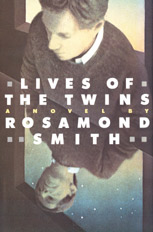 Joyce Carol Oates (b. 6/16/38). Her preoccupation with siblinghood spills over into obsession in her series of thrillers (Double Delight, Snake Eyes, Lives of the Twins, etc) written under the alternym Rosalind Smith (Smith is her husband's name), which explore the criminal psychology of twins. Her signature 1966 short story "Where Are You Going, Where Have You Been?" is about a teenager named Connie: "Everything about her had two sides to it." (It's dedicated 'to Bob Dylan', also a Gemini (b. 5/24/41). Oates has written, "Eventually, I would regret the dedication: too many people have asked me, 'Why?' Who knows why?").
Joyce Carol Oates (b. 6/16/38). Her preoccupation with siblinghood spills over into obsession in her series of thrillers (Double Delight, Snake Eyes, Lives of the Twins, etc) written under the alternym Rosalind Smith (Smith is her husband's name), which explore the criminal psychology of twins. Her signature 1966 short story "Where Are You Going, Where Have You Been?" is about a teenager named Connie: "Everything about her had two sides to it." (It's dedicated 'to Bob Dylan', also a Gemini (b. 5/24/41). Oates has written, "Eventually, I would regret the dedication: too many people have asked me, 'Why?' Who knows why?").
Oates's biographer, Greg Johnson, writes of:
"The extraordinary fates of Caroline Oates's two daughters--both born on June 16 [eighteen years apart] and virtual twins in physical appearance, but one brilliantly gifted, the other severely [autistic]--contributed to Joyce's fascination with twins . . . and her lifelong interest in the theme of 'doubleness' in human nature."
One can't discuss J. C. Oates and Gemini without noting her brilliantly-imagined 738 page bio/fantasmagoria Blonde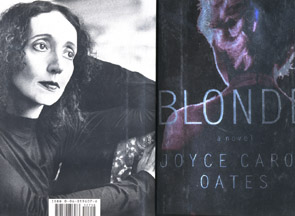 (working title: Gemini), in which she downloads her mythos of twentieth century American female experience onto her uncannily opposite alter ego, the historical Marilyn Monroe (b. 6/1/1926), replete with contemplations of twins, mirrors, gender and identity. One of the book's great set-pieces is the antepenultimate chapter, 'Happy Birthday, Mr. President', recreating the unforgettable 1962 Madison Square Garden event for Pres. Kennedy (as well a Gemini) [www.youtube.com/watch?v=k4SLSlSmW74]. Replaying tragedy as farce, Gemini Beverly Sills breathily sang the song at Gemini Henry Kissinger's birthday a few years ago.
(working title: Gemini), in which she downloads her mythos of twentieth century American female experience onto her uncannily opposite alter ego, the historical Marilyn Monroe (b. 6/1/1926), replete with contemplations of twins, mirrors, gender and identity. One of the book's great set-pieces is the antepenultimate chapter, 'Happy Birthday, Mr. President', recreating the unforgettable 1962 Madison Square Garden event for Pres. Kennedy (as well a Gemini) [www.youtube.com/watch?v=k4SLSlSmW74]. Replaying tragedy as farce, Gemini Beverly Sills breathily sang the song at Gemini Henry Kissinger's birthday a few years ago.
 Oates published a book of literary essays called Contraries in 1981. The title recalls Mary McCarthy's 1961 volume On the Contrary. Mary McCarthy (b. 6/21/1912) has as her remarkable-sibling-experience: the distinguished actor Kevin McCarthy.
Oates published a book of literary essays called Contraries in 1981. The title recalls Mary McCarthy's 1961 volume On the Contrary. Mary McCarthy (b. 6/21/1912) has as her remarkable-sibling-experience: the distinguished actor Kevin McCarthy.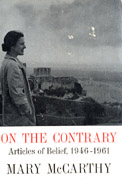
Lillian Hellman (b. 6/201905) had a lifelong personal and literary relationship with another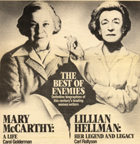 Gemini, the writer Dashiell Hammett (b. 5/27/1894). She refered to him as her twin. She was involved in a vicious literary feud with Mary McCarthy, who accused her of duplicity.
Gemini, the writer Dashiell Hammett (b. 5/27/1894). She refered to him as her twin. She was involved in a vicious literary feud with Mary McCarthy, who accused her of duplicity.
Lady Mary Wortley Montague (b. 5/26/1689) rescued her sister, the mentally deranged Countess of Mar, from a cruel husband. Noted for her scintillating and informative letters from Turkey, where her husband was English consul, she was perhaps the first foreign correspondent and female travel writer. She was involved in a vicious literary feud with Gemini poet Alexander Pope, who imputed Sapphism.
Hedda Hopper (b. 5/2/1885) famed Hollywood gossip columnist, was born Erda Furry, third of eight Furry siblings. After marrying Mr. Hopper, she was advised by a numerologist to change her first name to Hedda. Double-lettered names seem to stimulate Geminian achievement.
Harriet Beecher Stowe (b. 6/14/1811), author of Uncle Tom's Cabin, and, according to Abraham Lincoln, 'the little lady who started this war', was the seventh of thirteen siblings. The next in age was Henry Ward Beecher, the fiery abolitionist preacher whose trial (for adultery) was one of the most famous of 19th century America. Four other Beecher siblings were prominent political activists. Harriet and Henry were particularly close and collaborative throughout their lives.
Marguerite Yourcenar (b. 6/8/1903) lived intimately with her translator, Grace Frick, for fifty years, until her death in 1979. Her first novel, Anna, Soror, introduced the theme of brother/sister incest, which along with male homosexuality (for instance, in the figures of the Emperor Hadrian, Mishima and Cavafy, about whom she wrote biographies) recurs in her work. Her mother died in childbirth, and no man ever replaced her aristocratic father, who raised her with quasi-incestuous intensity. She was the first female member of the Academie Francaise.
Djuna Barnes (b. 6/12/1892), American journalist and modernist writer, was daughter and granddaughter of polygamists. She raised her eight younger siblings, and was subjected to incest and rape. Flamboyantly bisexual, her work explores intra-familial passions.
 Anne Frank (b. 6/12/1929) and her older sister, Margot. Their relationship deepened during their confinement. Margot also kept a diary, believed to have been lost. They died within days of each other in Bergen-Belsen.
Anne Frank (b. 6/12/1929) and her older sister, Margot. Their relationship deepened during their confinement. Margot also kept a diary, believed to have been lost. They died within days of each other in Bergen-Belsen.
"Interest" comes from the latin inter esse, to be between. This Gemini experience of being as a twoness, or a multiplicity, or a passage, and the associated curiousity of the child, restlessness of the adolescent, energy of the youth, this vivacity and wit to connect, is Gemini's continual gift to life.
 astrology,
astrology,  cixous,
cixous,  compton-burnett,
compton-burnett,  gemini,
gemini,  irigaray,
irigaray,  oates,
oates,  pym,
pym,  tannen in
tannen in  Gemini
Gemini  Print Article
Print Article 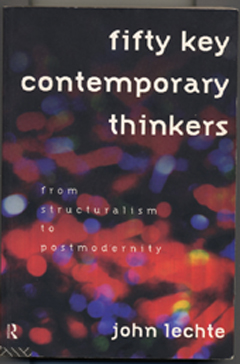






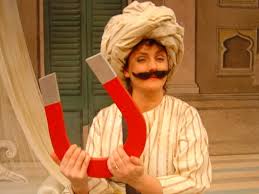
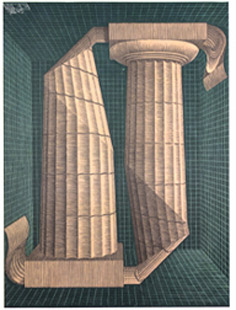
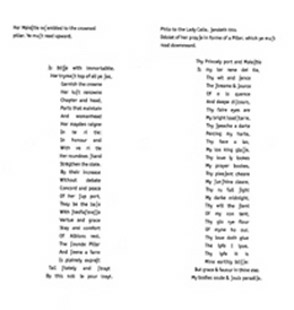
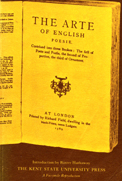
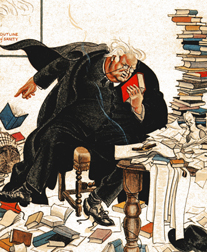


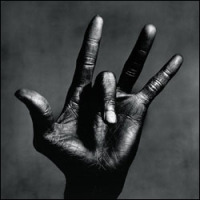
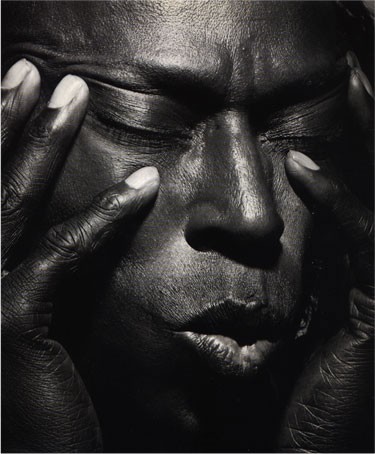
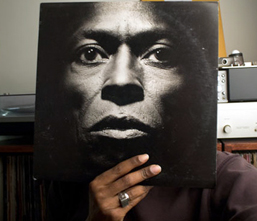
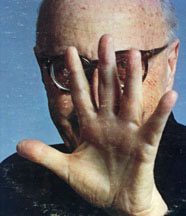
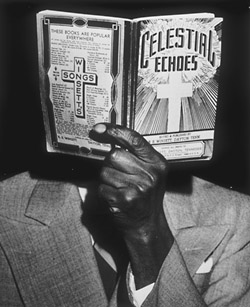


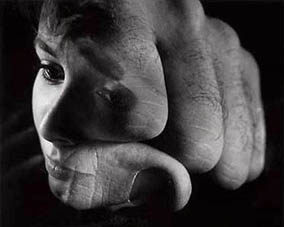


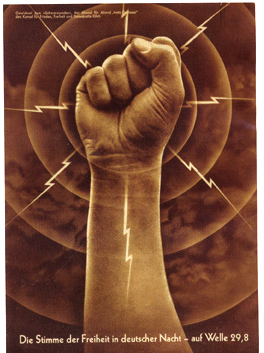
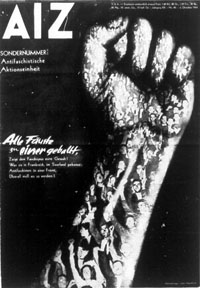







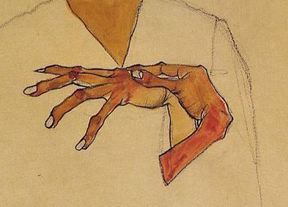

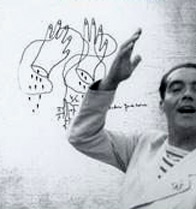
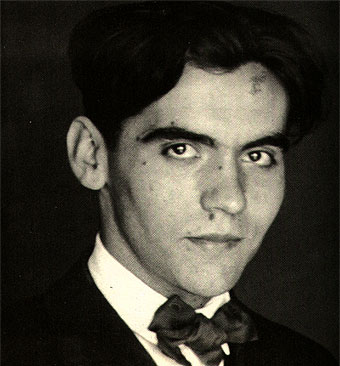







 Gemini JFK avoided being caught in a photo with her, save in this rare shot taken on the sly, which includes the bonus features treasured by Gemini watchers: the Brother and the Library.
Gemini JFK avoided being caught in a photo with her, save in this rare shot taken on the sly, which includes the bonus features treasured by Gemini watchers: the Brother and the Library.
 (found stereogram)
(found stereogram) (photo by Milton H. Greene)
(photo by Milton H. Greene)